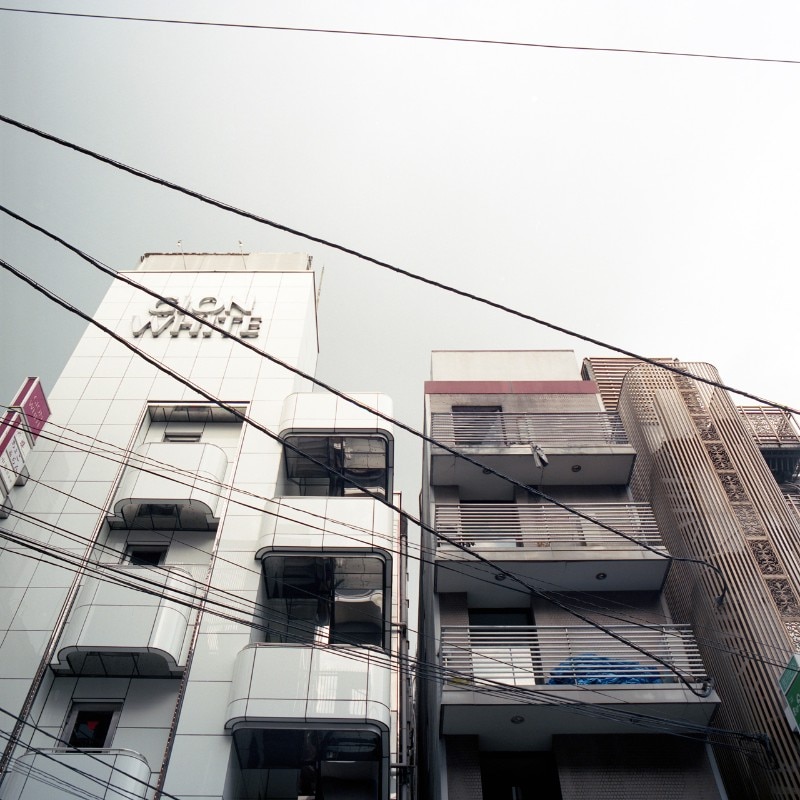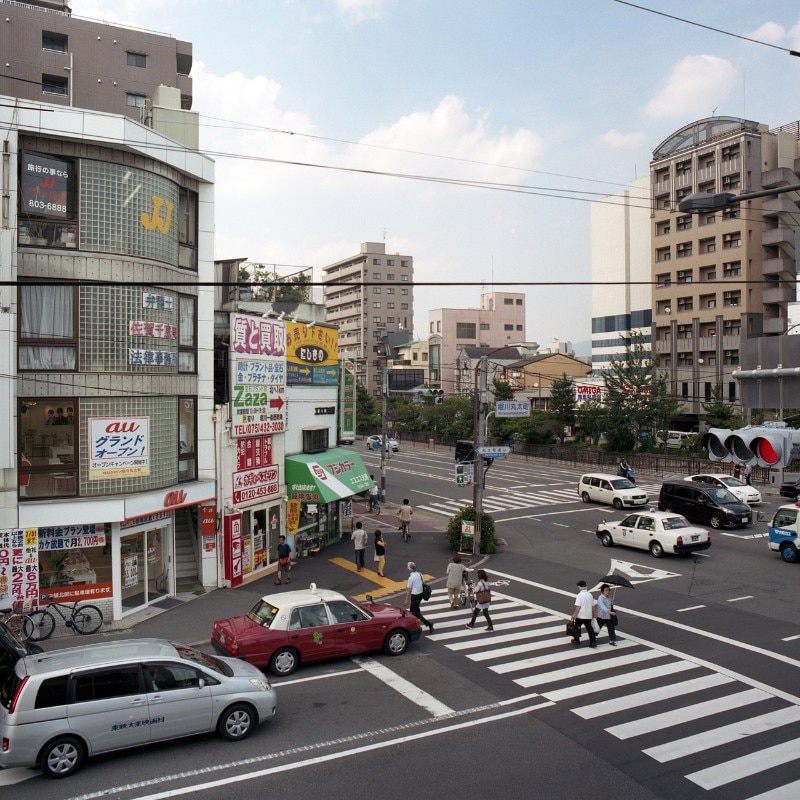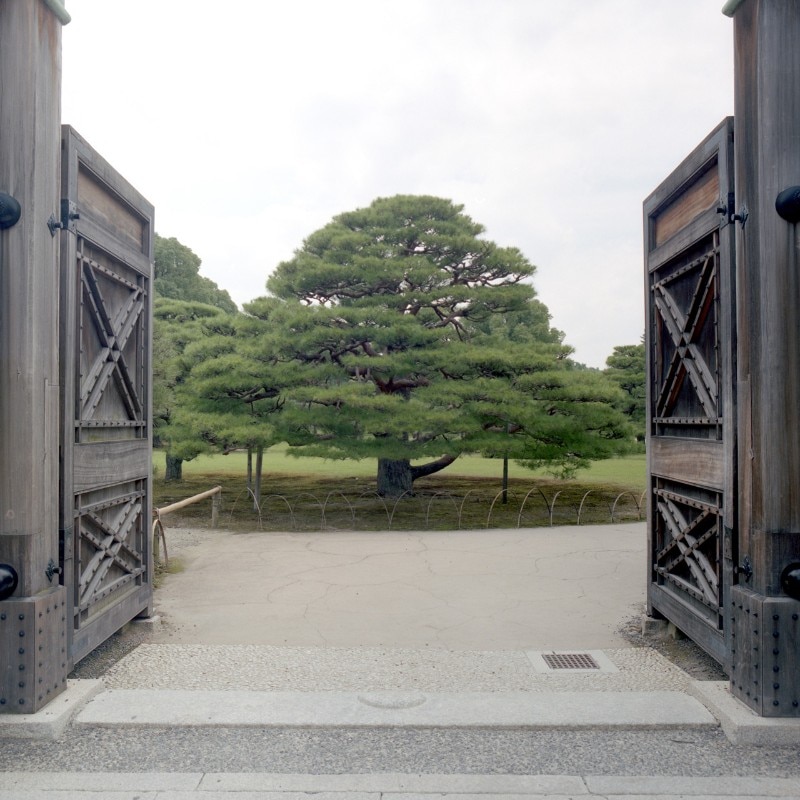To the visitor who does not cross that threshold, who does not enter the temples, the gardens and the few areas which remained unchanged during the feverish economic growth of the post-war era, the ancient capital would appear as a “mediocre, pseudo-modern city like many others”, only moderately benefiting from the impressive but sporadic intervention of architects such as Arata Isozaki and Tadao Ando.
This urban exploration shows a side of Kyoto which results from the city’s transformation during the past few decades and stops on the threshold of a different Japan, where “beauty is an initiatory path, needs to be deserved, is the prize for a long, sometimes painful research, the final intuition, a jealously guarded possession”.
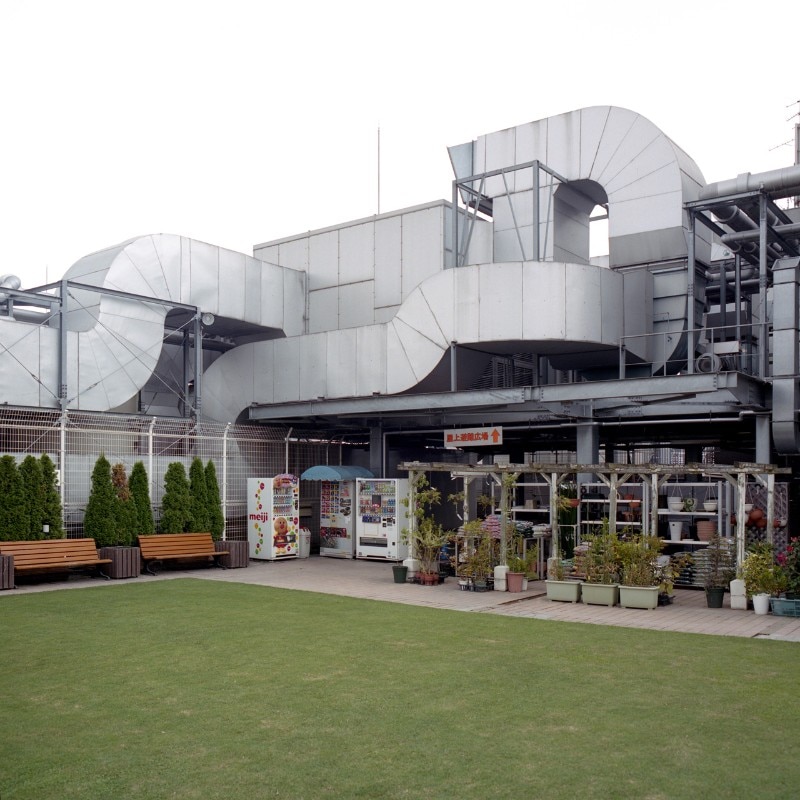
 View gallery
View gallery

Roberto Saba, Urban Kyoto. Top: residential buildings in the modern section of Hanamikoji Dori in Gion, to this day the "geisha district". Above: the nursery garden on the roof of Daimaru department store
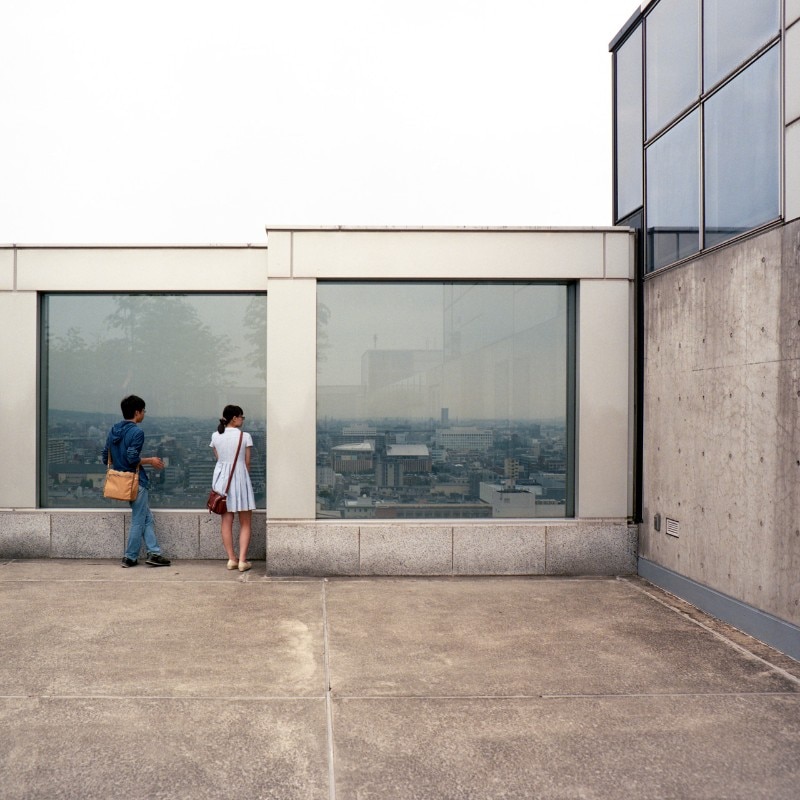
Roberto Saba, Urban Kyoto. A young couple admiring the view from the roof of Kyoto Central Station
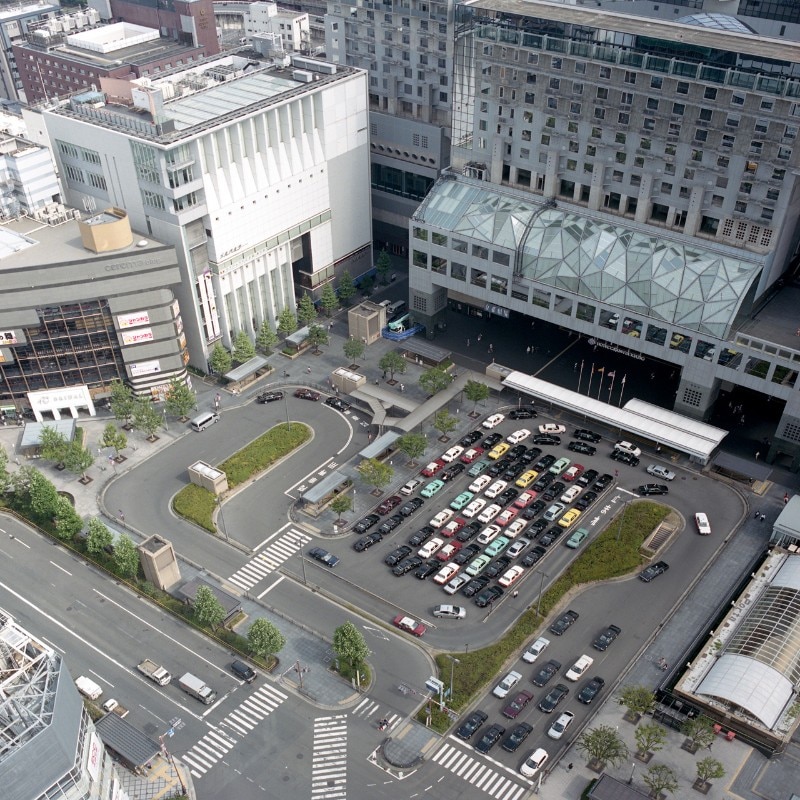
Roberto Saba, Urban Kyoto. Taxis waiting in front of the Hotel Granvia at Kyoto Central Station
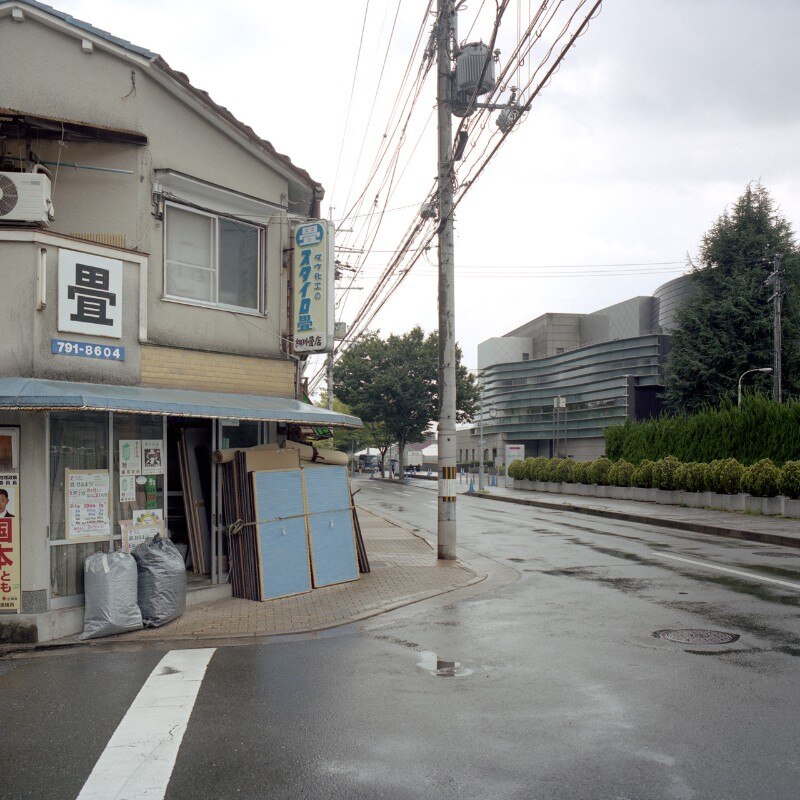
Roberto Saba, Urban Kyoto. Tatami workshop, with Arata Isozaki's Kyoto Concert Hall in the background
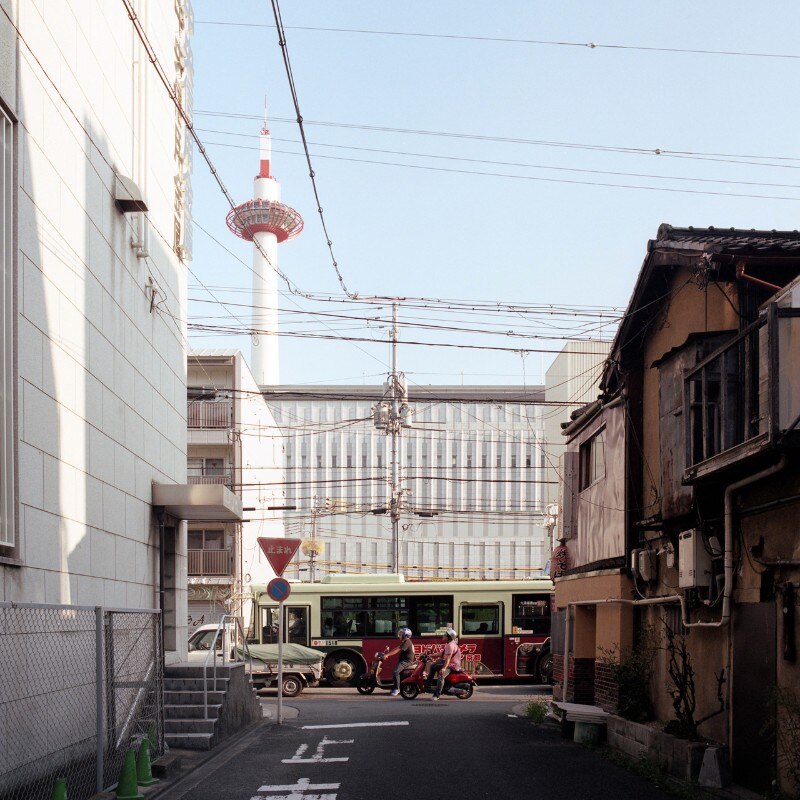
Roberto Saba, Urban Kyoto. "Bundles of power cables, like electrical spaghetti" between Kyoto Central Station and Higashi Honan-ji
Temple
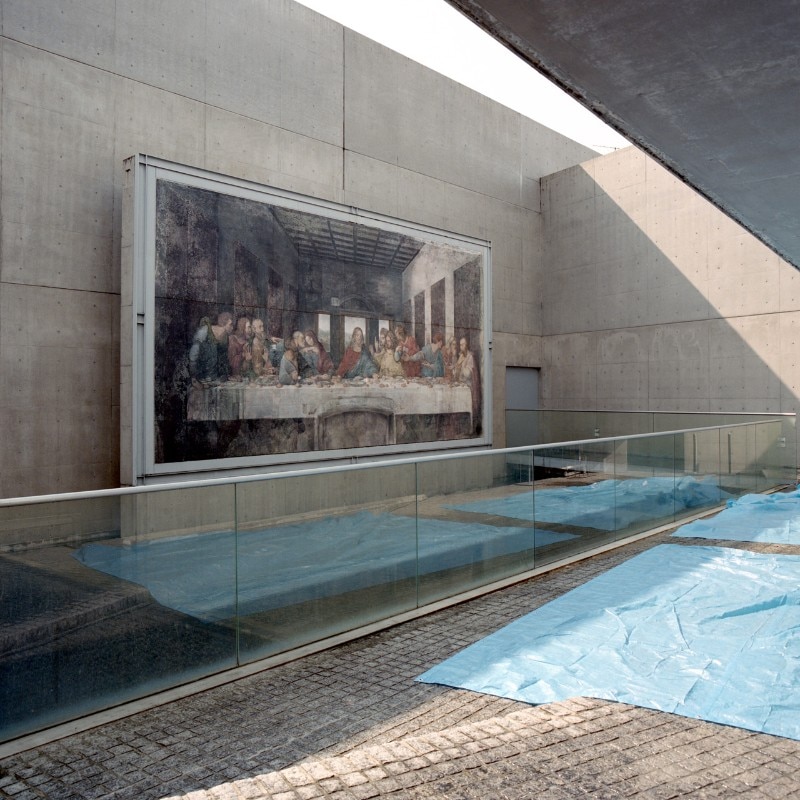
Roberto Saba, Urban Kyoto. A reproduction of The Last Supper at the Tadao Ando's Garden of Fine Arts
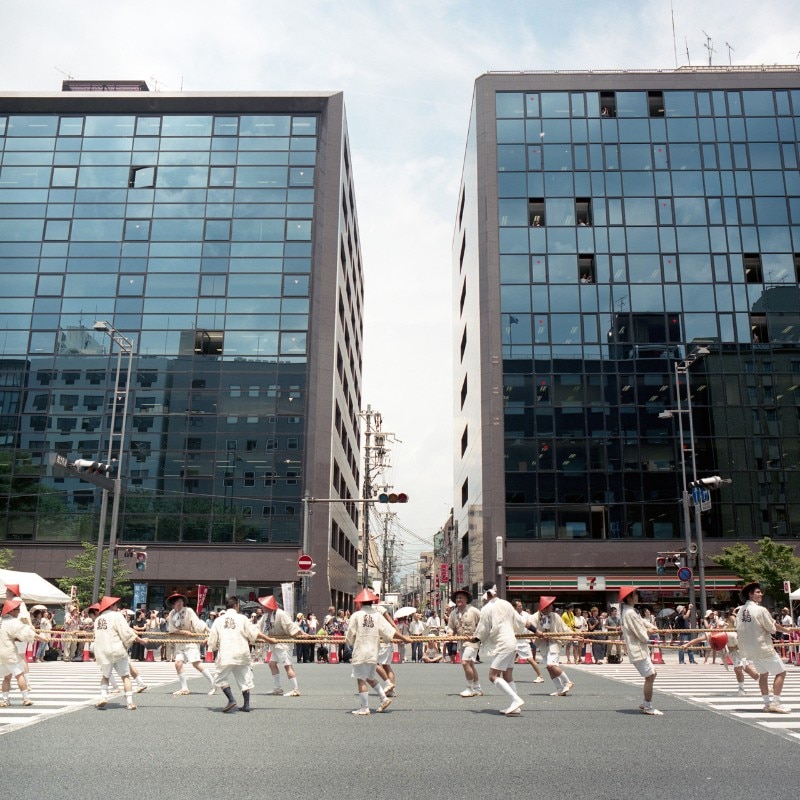
Roberto Saba, Urban Kyoto. Oike Dori, an important road in Kyoto city centre, during the annual Gion Matsuri religious festival
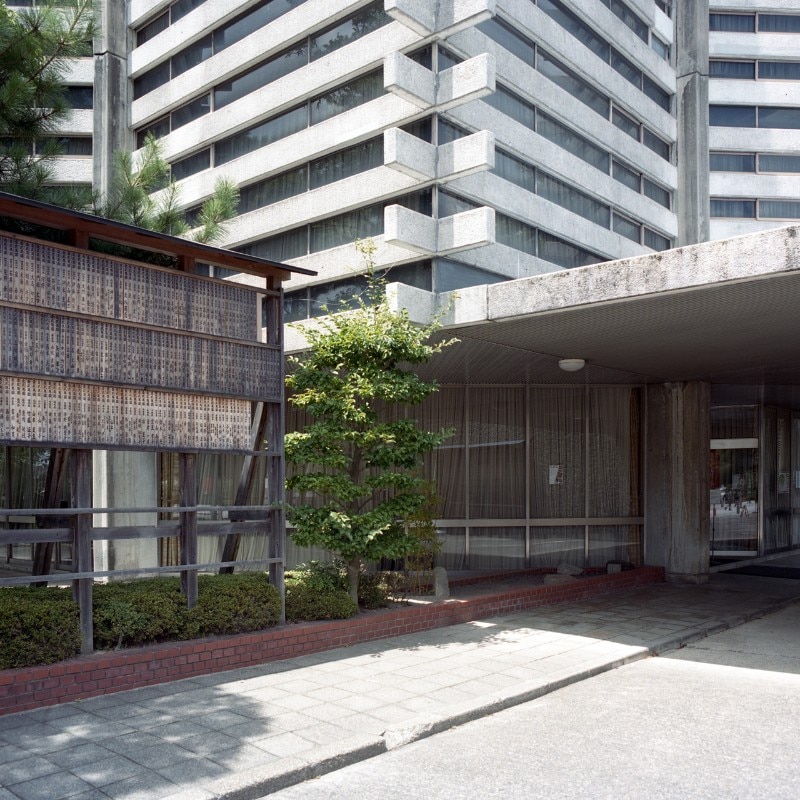
Roberto Saba, Urban Kyoto. The modern gishiki-den (destined to host religious ceremonies) at Fushimi Inari shrine
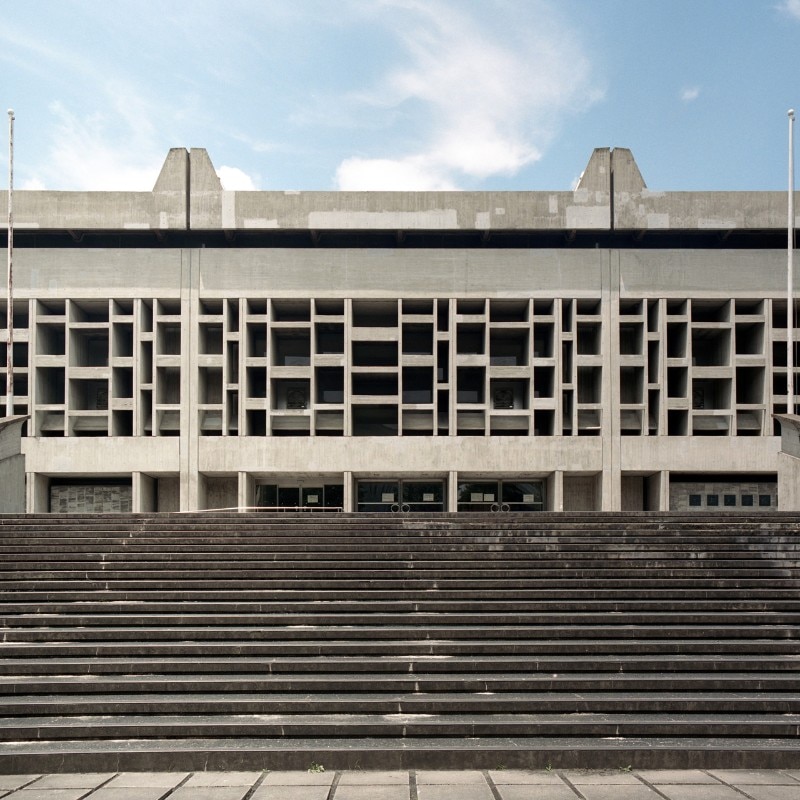
Roberto Saba, Urban Kyoto. The front elevation of Kyoto University Gymnasium, a brutalist building of the early '70s
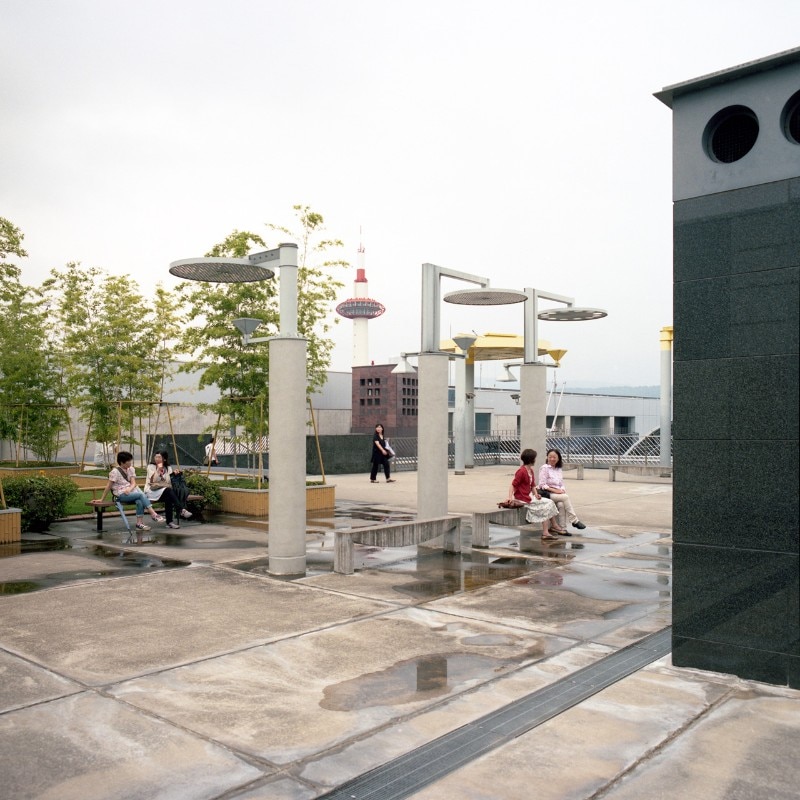
Roberto Saba, Urban Kyoto. Hanging garden above the Central Station with Kyoto Tower Hotel's tower in the background
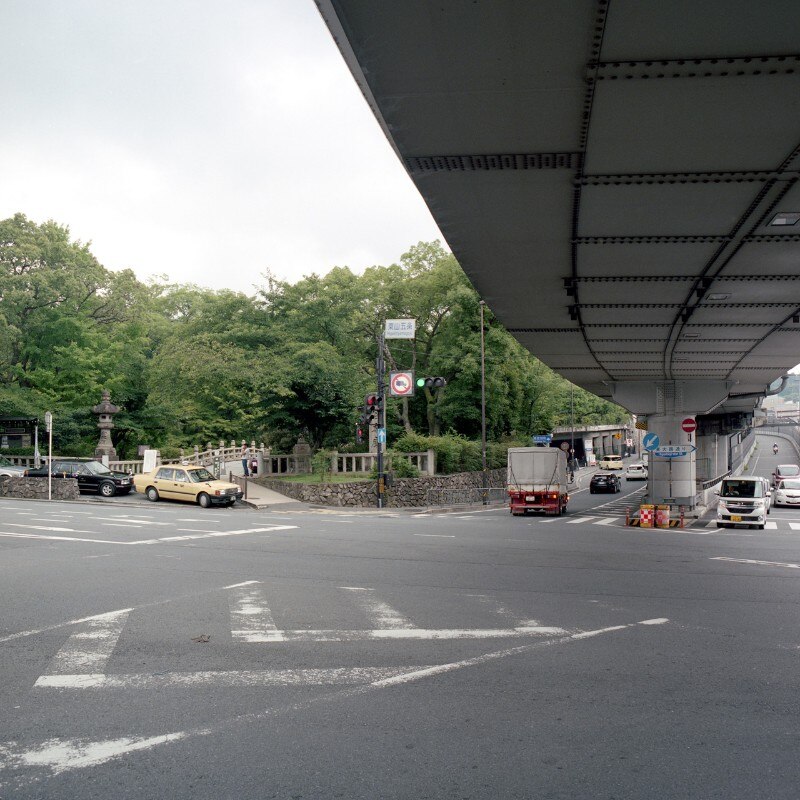
Roberto Saba, Urban Kyoto. Access to Otani Mausoleum, overlooking the busy Higashiyamagojo crossroad
Born and based in Genova, Italy Roberto Saba (1973) is mainly active in architectural and urban landscape photography.


